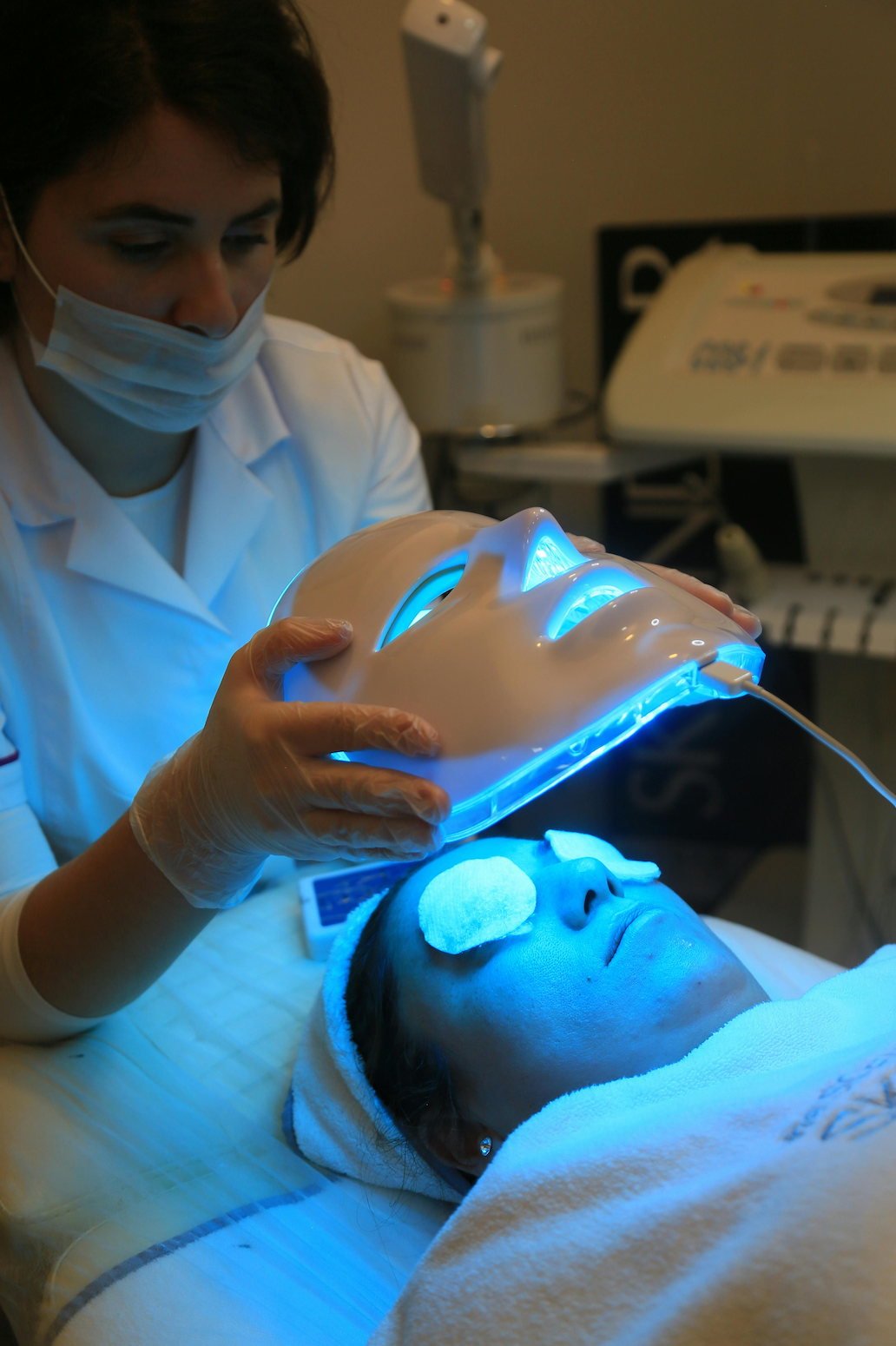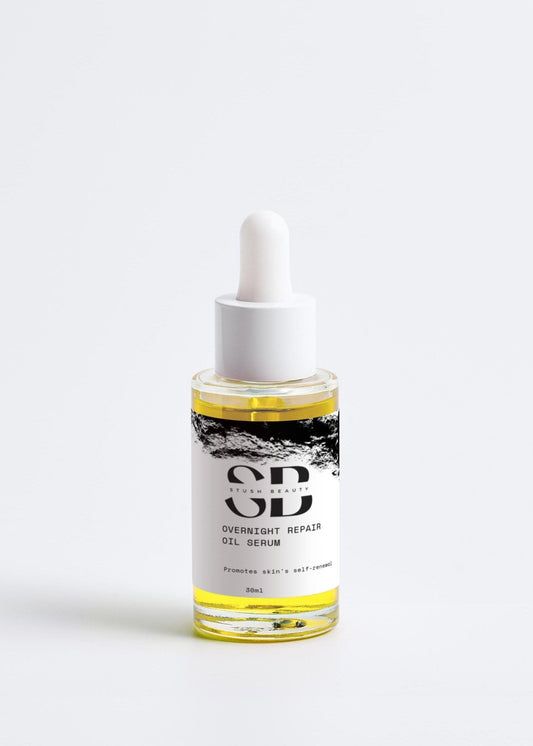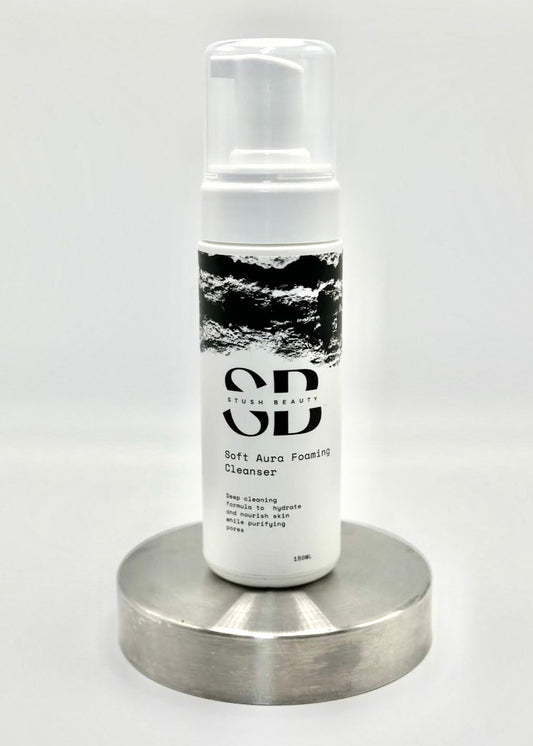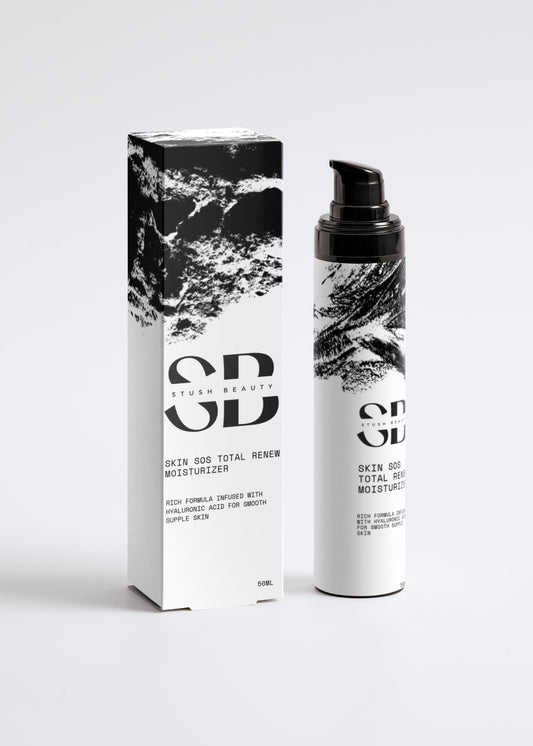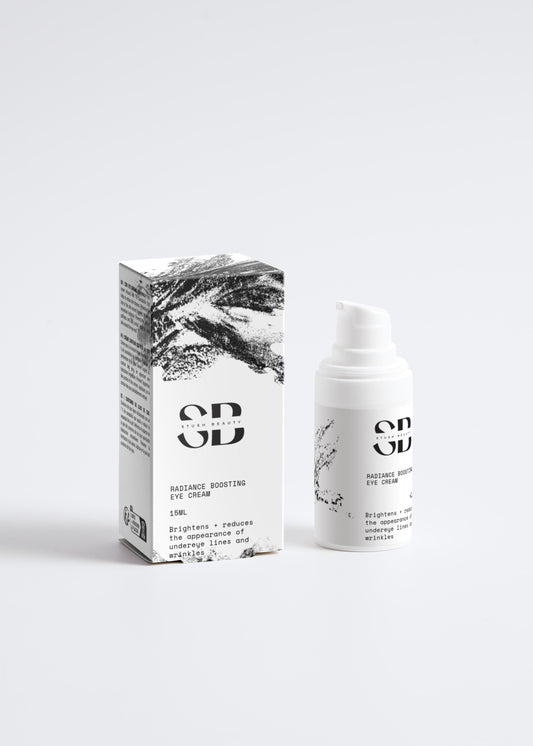New technologies and treatments promising to turn back the hands of time and renew our youth glow seem to emerge on the market everyday. One such innovation that has garnered attention in recent years is light therapy. But do these treatments truly deliver on their anti-aging promises? And more importantly, are they safe? Let's dive into the science and scoop on light therapy for anti-aging.
Understanding Light Therapy:
Light therapy, also known as phototherapy, utilizes specific wavelengths of light to target various skin concerns, including signs of aging. Two primary types of light therapy are commonly used for anti-aging purposes: red light therapy and blue light therapy.
Red Light Therapy: This type of therapy involves exposure to low-level wavelengths of red or near-infrared light. It penetrates deep into the skin, stimulating the production of collagen and elastin, which are essential proteins for maintaining skin elasticity and firmness. Additionally, red light therapy may reduce inflammation and promote wound healing, further contributing to a more youthful complexion.
Blue Light Therapy: Blue light therapy, on the other hand, primarily targets acne and bacterial overgrowth on the skin. It works by killing acne-causing bacteria and reducing inflammation, which can lead to clearer, smoother skin. While not directly focused on anti-aging, blue light therapy may indirectly improve skin appearance by addressing acne breakouts and blemishes.
Do They Really Work for Anti-Aging?
The effectiveness of light therapy for anti-aging largely depends on various factors, including the specific wavelengths used, treatment duration, and individual skin characteristics. Numerous studies have shown promising results regarding the ability of red light therapy to stimulate collagen production and improve skin texture and tone. However, it's essential to manage expectations, as results may vary from person to person.
Are They Safe?
When performed by trained professionals or using FDA-approved devices, light therapy is generally considered safe for most individuals. Unlike more invasive anti-aging procedures, such as laser resurfacing or chemical peels, light therapy carries minimal risk of side effects and requires no downtime. However, it's crucial to follow proper safety protocols, including wearing protective eyewear and adhering to recommended treatment guidelines.
The Scoop on Light Therapy:
While light therapy holds promise as a non-invasive and relatively safe option for addressing signs of aging, it's essential to approach it with realistic expectations. For optimal results, light therapy is often used in conjunction with other skincare treatments and practices, such as proper sun protection, a balanced diet, and a consistent skincare routine.
Before undergoing light therapy or any other anti-aging treatment, it's advisable to consult with a qualified dermatologist or skincare professional. They can assess your skin concerns, recommend suitable treatment options, and ensure your safety and satisfaction.
In conclusion, light therapy can be an effective and safe tool in the anti-aging arsenal, but it's not a miracle cure. By understanding its mechanisms, managing expectations, and prioritizing safety, individuals can make informed decisions about incorporating light therapy into their skincare routines. After all, age may just be a number, but healthy, radiant skin is timeless.
Our all-natural skincare line has been thoughtfully curated by dermatologists to pamper and fortify your skin's natural barrier while revealing a stunning, natural glow. The collection features our highly acclaimed Niacinamide + B3 Gel Moisturizer, the rejuvenating Overnight Repair Oil Serum, the illuminating Radiance Boosting Eye Cream, the deeply hydrating Skin SOS Total Renew Moisturizer, and the gentle yet effective Soft Aura Foaming Cleanser.
Each product is meticulously crafted with premium, all-natural ingredients, designed to cater to all skin types and promote healthy, radiant skin. Backed by science and crafted with care, the Stush Beauty Collection is your key to achieving brighter, more even-toned skin. Elevate your skincare routine and indulge in the luxurious experience of our Highlight and Hydrate Collection.
